– Essential Tools for Every Seamstress

Pins are an invaluable tool for any person passionate about sewing. They play a crucial role in securely
holding fabric pieces together during the sewing process, resulting in precise and professional-looking
garments. Whether you are a beginner or an experienced seamstress, sewing pins are an essential item in your
sewing kit.
Types of
There are various types of sewing pins available, each designed for different purposes. Here are some common
types:
- Straight Pins: These are the most commonly used sewing pins. They have a sharp,
straight body with a rounded head, making them easy to insert and remove. Straight pins are ideal for
general sewing, pinning patterns, and holding fabrics together before stitching. - Safety Pins: These pins have a coiled body and a clasp mechanism to create a loop. They
are commonly used for temporarily holding fabric layers together, such as when fitting garments or
basting layers before permanent stitching. - Ballpoint Pins: These pins have a rounded tip instead of a sharp point. They are
specifically designed for use with knit fabrics, ensuring the pin won’t damage or create runs in the
fabric while pinning. - Flower Head Pins: These pins have a decorative flower-shaped head and are usually used
for delicate or lightweight fabrics. The large heads make them easy to handle and locate when sewing. - Quilting Pins: These pins are longer and thicker than regular pins, designed
specifically for quilting projects. They are suitable for pinning multiple layers of fabric and batting
together without causing puckering.
Tips for Using
Using sewing pins effectively can enhance your sewing experience and ensure the best results. Here are some
helpful tips:
1. Proper Placement: When pinning pieces together, make sure to place
pins within the seam allowance to prevent interference with the sewing machine.
2. Pinning Direction: For easy and safe removal while sewing, insert pins
perpendicular to the fabric edge, with the head pointing towards the raw edge.
3. Pinning Parallel: When pinning long seams, align the fabric edges
accurately and pin parallel to the seam line. This technique helps to prevent puckers or gathering along
the stitch line.
4. Pin Storage: Keep your sewing pins organized and easily accessible by
using a pincushion or a magnetic pin holder. This way, you can quickly grab the pins as needed, helping
to streamline your sewing process.
Conclusion
Sewing pins are a seamstress’s best friend and an essential tool for achieving professional sewing results.
Understanding the different types of sewing pins available and following the proper pinning techniques will
help you achieve precise alignment, prevent fabric shifting, and create beautiful garments or projects.
So, next time you embark on your sewing adventure, remember to stock up on high-quality sewing pins!
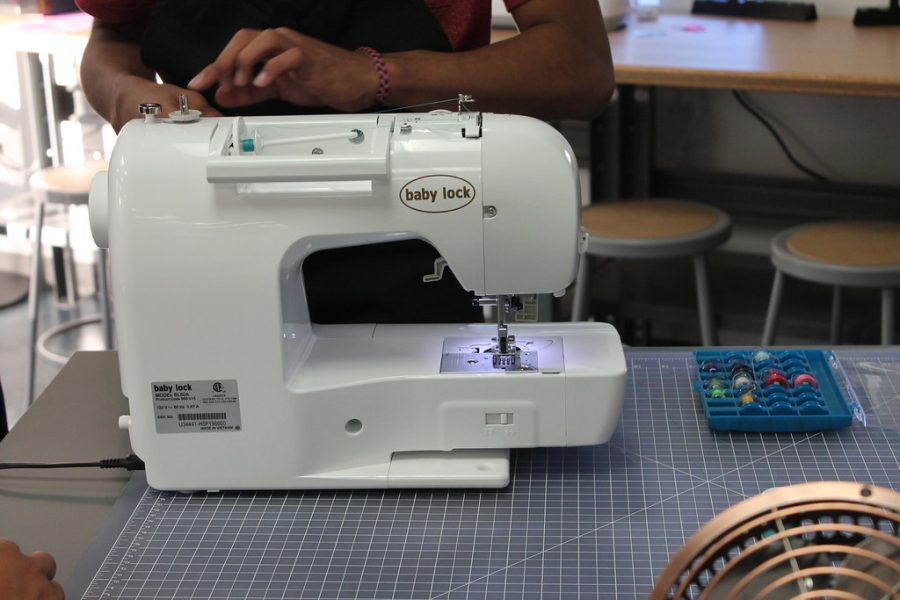
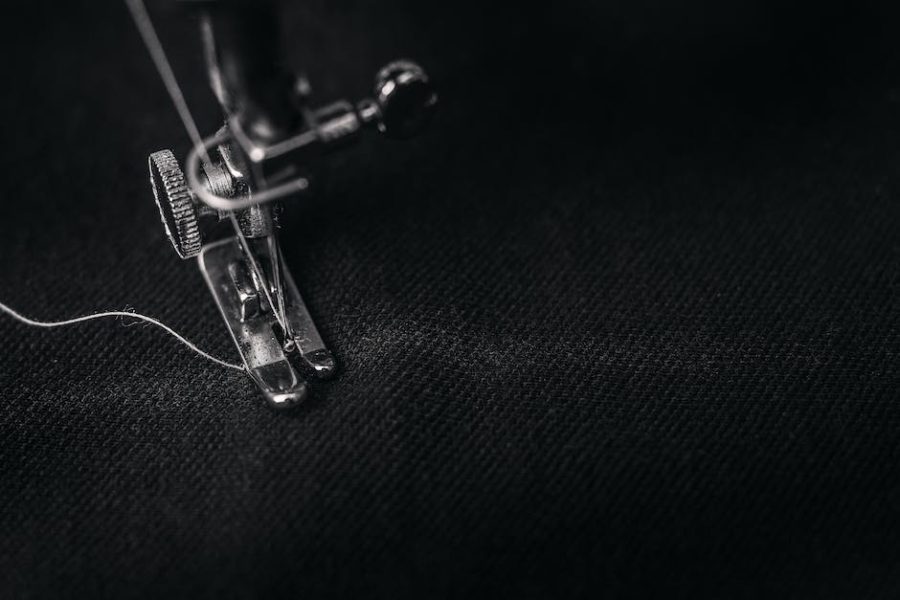
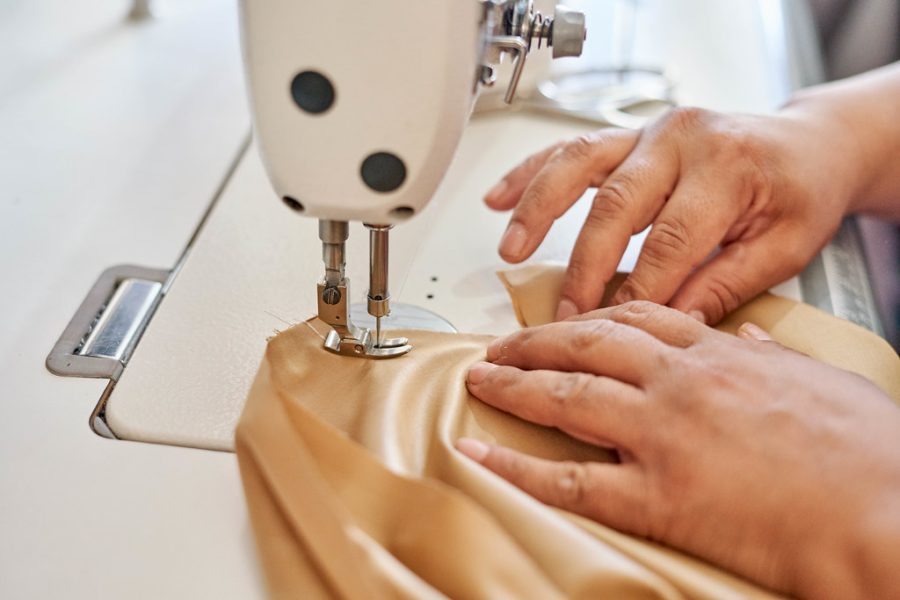
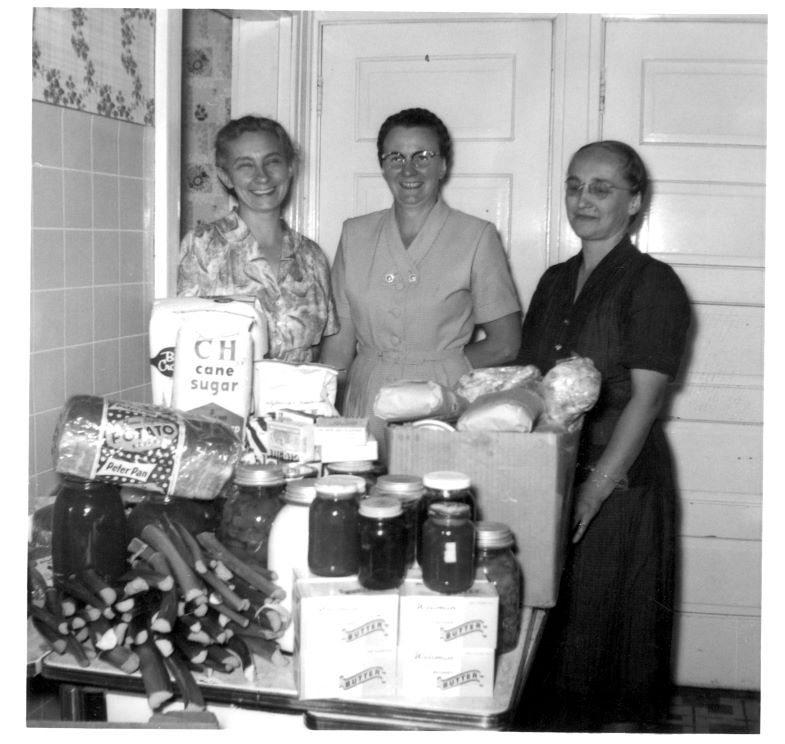
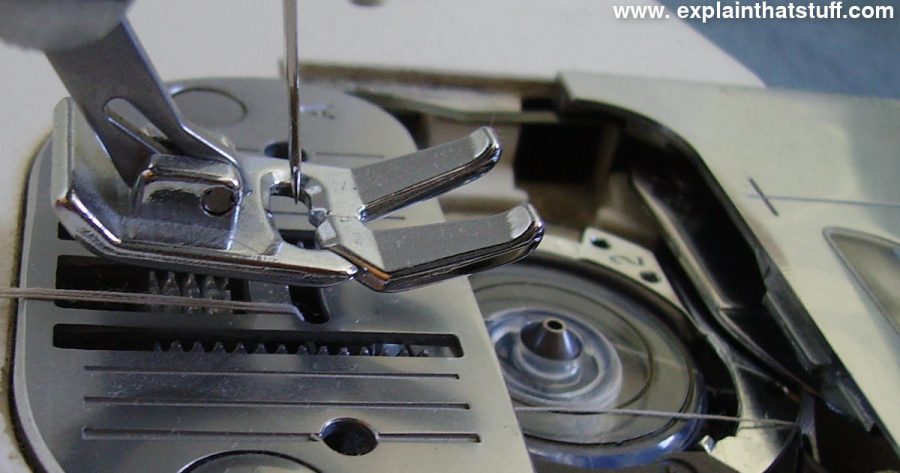
Love sewing!
Sarah Smith: Sewing is a great hobby!
Great for any project! Sewing pins make any project easier and less time consuming. They can be used for both intricate or simple patterns. They are an excellent tool for any crafter or sewer.
Absolutely agree! Sewing pins are a crucial part of any project. They provide the necessary support and they prevent fabric from slipping when sewing and creating garments. A must have in any sewing kit!
I don’t sew often, but when I do, I love using pins to help get the exact shape I’m looking for. They’re perfect for keeping fabric and patterns together and determining the best fit. Plus, they’re fun to use!